USAID: The Soft Arm of Imperialism
Foreign aid is the opium of modern times
No one pushes foreign aid better than USAID (the United States Agency for International Development). The agency operates in over 100 countries. New takers arrive all the time, the most recent one being Burma, which returned for a fix after a 24-year hiatus. Unlike the current celebrations of Burma, the last major news about USAID were hardly ones to boast about. Soon after the Paraguay coup in June 2012, the ALBA member countries – Bolivia, Cuba, Ecuador, Dominica, Nicaragua, and Venezuela – declared they would expel the agency. In mid-September 2012, Russia accused the agency of “political meddling”and gave it less than two weeks to leave. USAID had entered Russia right after the collapse of the Soviet Union and spent about $2.6 billion in its 20 years there. Of the $50 million allocated for 2012, more than half had been intended to “promote democracy.”
What is this Orwellian aid organization that countries expel as soon as they are able? USAID is a relatively young agency: a John F. Kennedy brainchild that gathered a group of aid organizations under one umbrella with the passage of the Foreign Assistance Act of 1961. USAID was intended to follow in the footsteps of the Marshall Plan but function more efficiently to advance US foreign policy. The goals back then were clearly expressed and were consistent with the cold war policies to diminish the threat of communism and open new markets for the US. These have expanded to include: developing “countries’ policies and institutions” and even “rebuilding government.”
USAID’s list of top aid recipients hardly sounds like a group of coddled countries, but rather a list of places that are either formally at war or don’t know they are at war even as their very fabric is being unraveled. In 2011, for example, the number one recipient was Afghanistan, at $1.4 billion, and number two was Haiti, at $971 million. Other countries in the top 20 aid recipients include Pakistan, the Democratic Republic of the Congo, South Sudan, West Bank/Gaza, Iraq, Colombia, and Liberia.
What happens in Haiti doesn’t stay in Haiti
Although many of USAID’s policies were initially practiced on Haiti, the agency did not get a foothold into the country until Jean-Claude Duvalier came to power in 1972. Duvalier the father had been irascible and nobody’s boy. Consequently, the Kennedy administration had cut off all aid to the country in 1963, and Haiti enjoyed an unprecedented economic independence during the early 1960’s to 1970’s. Duvalier the son, on the other hand, was quick to open the country’s economy to US exploitation in exchange for his own protection. USAID declared Haiti’s “comparative advantages” to be its: (1) low-cost labor force, (2) year-round cultivation and (3) proximity to the US, and it rapidly set about to reorient all Haitian labor and agriculture to export.
Part of the plan was to double the urban population to create an assembly/sweatshop sector that could be easily policed. Aid was given, not to the poor, but to rich landowners, to tie them over while the country’s agriculture was transformed from production for its domestic market to production for export. Over time, USAID carried out a series of studies to understand the support systems for Haiti’s peasants and then set about to destroy all those systems. One of these was the Creole pig, which was eradicated in 1982 presumably because of a swine-flu epidemic in the Dominican Republic, although the pig, which had adapted to the Island over hundreds of years, was resistant to swine flu. Later, subsidized rice from Arkansas was dumped into Haiti to bankrupt the country’s small rice farmers and create a market for the US.
An analogous process took place in Egypt, where Mubarak opened the country’s economy to the US in exchange for protection from his own people. All of Egypt’s pigs were slaughtered in 2009, not to prevent a swine flu, but a human flu. This wholesale killing of the animals was correctly interpreted by Egypt’s Christian minority as being a direct attack on its economy. Likewise, USAID set out to undermine the major Egyptian crop for consumption, in this case wheat, by dumping the subsidized US product on the market. Currently, Egypt imports over 10 million tons of wheat per year, about 40 percent of it from the US alone. Indeed, for every dollar the US has spent on development in Egypt, that country has spent about $40 on US imports.
“Napalm in the morning, candy in the afternoon”
As an aid organization, USAID principally serves US corporations. The agency subverts the economies, cultures, and even religions of assisted countries to open them as markets and transform their entrepreneurial poor into workers for subsistence wages. In this project, USAID exploits a broad array of supposed non-governmental organizations (NGO) to employ mainly Americans. Although these NGO workers live in place, they isolate themselves in small enclaves and spend so much of their funds on US goods that USAID can boast of recycling about 80 percent of its dollars back into the US economy. For its more than 50 years, the policy of USAID has been to “buy American”and strictly require “tied aid”: i.e. that its funds be spent on goods and services, not only from US concerns but also transported solely by US carriers, even if this means paying higher prices that undermine the local economies that are supposedly being helped.
In February 2012, USAID announced it would relax its purchase policy to allow most goods and services to be bought in place, except for: food aid, US-patented pharmaceuticals, and motor vehicles. This sounds harmless enough, until one recognizes that, given USAID’s policy of generating the need for its goods, this policy change predicts an escalation in hunger, disease, and protest. For the most part, the aid from USAID consists of defective goods that cannot compete on the world market. Examples include unfortified rice, genetically modified (GMO) seeds rejected by the European Union countries but bought from Monsanto by assisted countries; dangerous vaccines that are nonetheless adopted into the vaccination programs of USAID clients; vehicles, many of which are defective but purchased by aided governments for their staff, police and military.
The aid is for the US, not the designated recipients, who cannot disavail themselves of the supposed help without an almost impossible effort to independence. It is an addictive drug couriered by local despots, a soft instrument of war every bit as debilitating as the military arm of US foreign policy: the North Atlantic Treaty Organization (NATO).
Editor’s Note: All photographs by USAID Images.
Related Articles


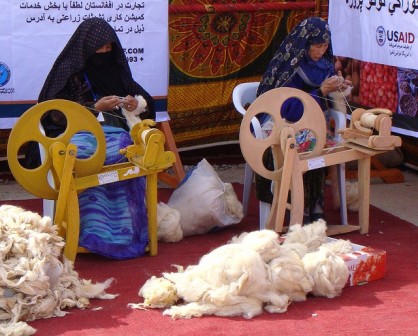
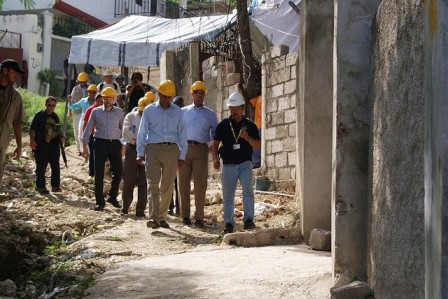
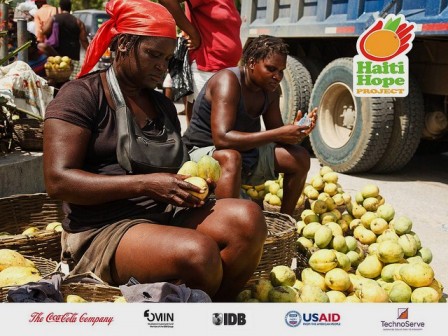
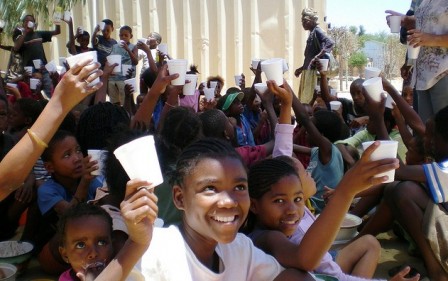

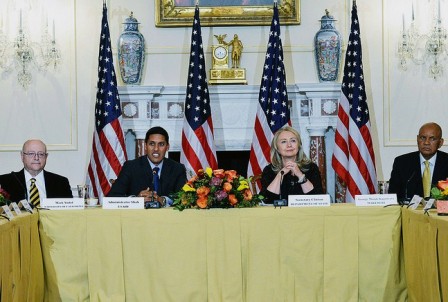
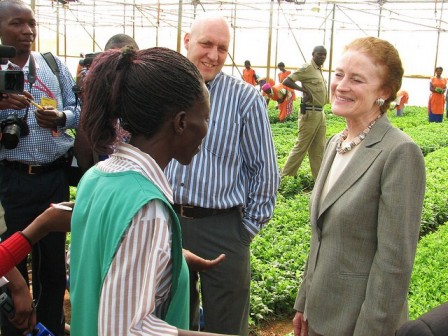
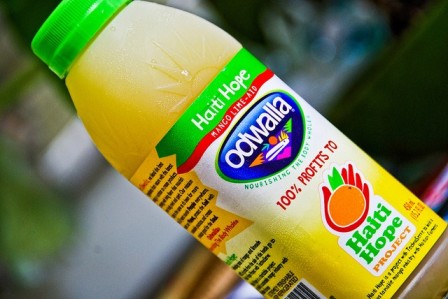











You must be logged in to post a comment Login